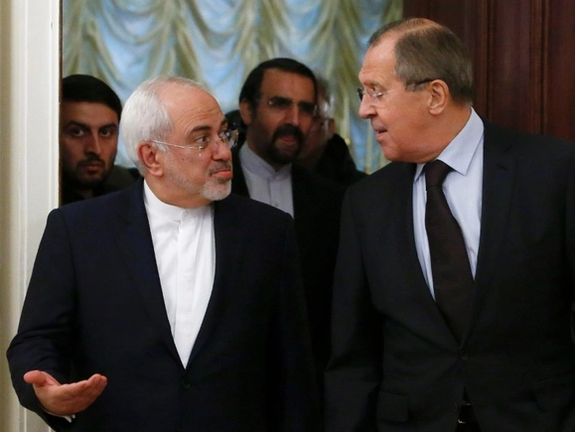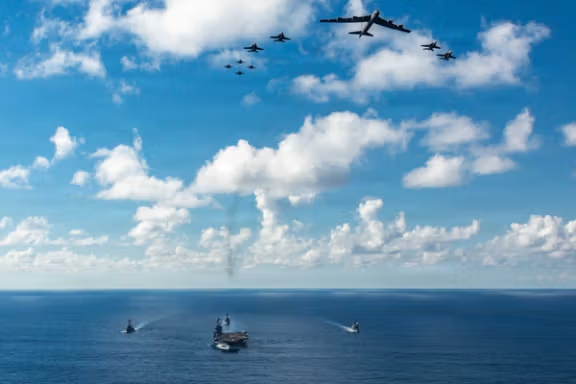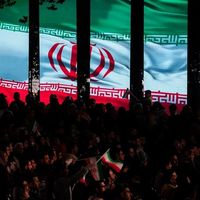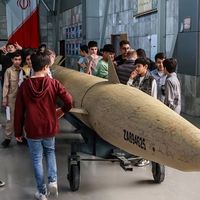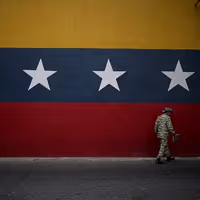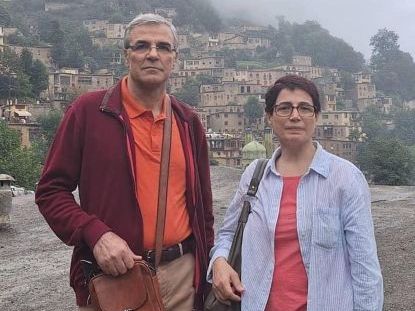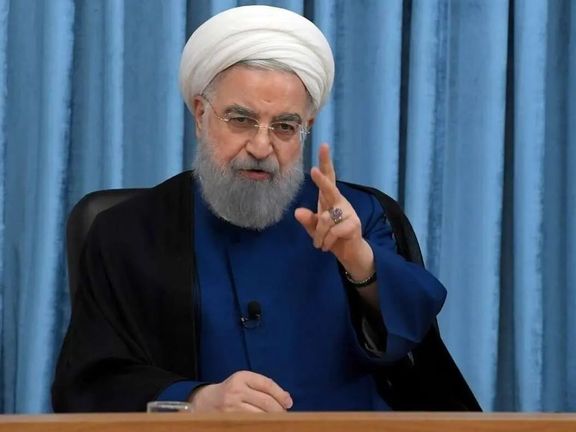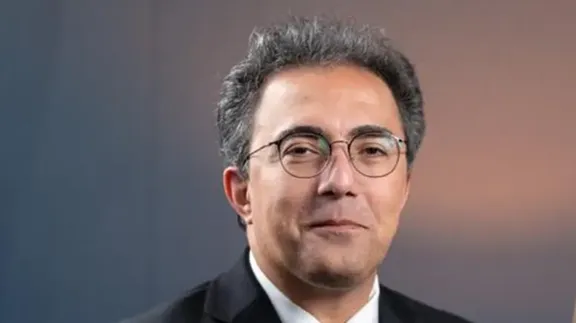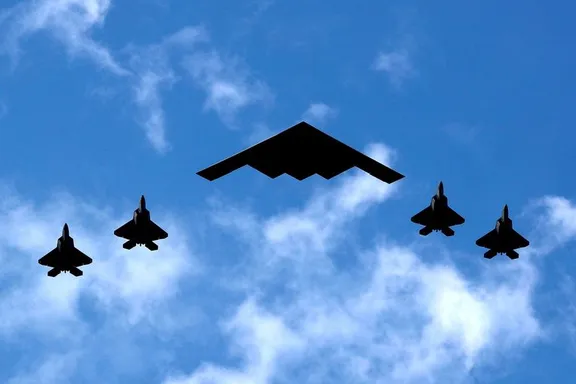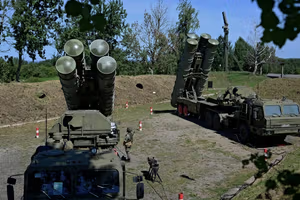Erfan Qaneifard, a critic of Tehran's clerical establishment, has been in a US immigration and customs enforcement (ICE) detention center in Texas for over six months.
His strident rebukes of the Islamic Republic in books and editorials for Israel's Jerusalem Post newspaper may lead to a death sentence if US law enforcement carries through on plans to deport him, sponsors of a petition seeking his freedom told Iran International.
For them, Qaneifard’s case is a test of America’s moral commitment to protect those who speak out against tyranny.
Negar Karamati said Qaneifard told her in a phone call this week he is hopeful but exhausted.
“It’s not a pleasant place to be, especially when you haven’t done anything wrong,” she told Iran International. “He’s been there for over 200 days now — it’s an immigration issue, nothing more.”
Qaneifard has been held at the Prairieland Detention Center in Alvarado, Texas, since March 28, when he was detained after reporting to an ICE office in Dallas to update his address, according to his attorney, Masoud Peyma.
The center, which houses more than 700 detainees, has faced complaints of overcrowding and harsh conditions according to US media.
Peyma said Qaneifard, who was preparing to start a teaching position at a Dallas college, was instead detained and transferred to a facility for undocumented migrants.
"The risk is real. If he is sent back, his life will be in danger,” Peyma told Iran International. “There is no reason for him to remain in detention after six months.”
Karamati described Qaneifard as a demanding but deeply caring mentor who inspired her and other young Iranians to engage critically with politics and the media.
“He teaches in a way that you could sit for hours and learn,” she said. “Even in conversation, it feels like a lecture — he’s that informative and passionate.”
She said Qaneifard’s detention has devastated his friends and family. "Every voice counts in stopping this serious injustice,” she added.
Petition gains momentum
From California, grassroots activist Mojgan Mehdizadeh launched an online petition titled Free Erfan Qaneifard — Stop His Deportation to Danger that has gathered nearly 3,000 signatures, including Keramati's.
“I’ve followed his books and interviews for years,” Mehdizadeh said. “He’s an expert on Iran’s modern history and a critic of the regime. Sending him back would be a death sentence.”
The petition calls on the US President, Department of Homeland Security and State Department to release Qaneifard and halt any removal order.
It cites US and UN reports documenting torture, arbitrary detention and executions of political dissidents in Iran, urging Washington to uphold its obligations under the Convention Against Torture and the principle of non-refoulement.
'A test of America’s promise'
Qaneifard’s attorney, Masoud Peyma, told Iran International that ICE has contacted Iran’s Interests Section in Washington seeking travel documents, but Tehran has not responded.
He has filed motions in federal and immigration courts to secure his client’s release and reopen his asylum claim with new evidence of his political work.
Qaneifard’s earlier asylum request, filed in 2013, was rejected in 2018 for lack of evidence.
He reentered the United States in 2017 through the Mexico border, applied for asylum, and was previously detained at ICE facility in El Paso until 2020, during which time the US attempted to deport him through Azerbaijan, but he refused to board a Tehran-bound flight.
The case comes as the United States faces scrutiny for a series of deportations to Iran. A US-chartered flight recently carried dozens of Iranians to Tehran after stopping in Puerto Rico and Qatar, following months of talks between Washington and Tehran.
Immigration attorney Ali Herischi told Iran International that flight included political dissidents and Christian converts, some of whom were shackled and separated from their families before being handed over to Iranian authorities.
For Qaneifard’s supporters, that makes his situation even more urgent. “This man hasn’t done anything criminal,” one wrote in the petition. “If he is sent back to Iran, they will kill or torture him for speaking the truth.”
Between 2017 and 2024, Qaneifard wrote extensively about Iran’s security apparatus and regional militias, contributing commentary to Persian- and English-language outlets.
In one of his columns with the Jerusalem Post he wrote: “No one believes anymore that a bloodthirsty madman like Khamenei represents Allah or The Lord … The deceit of malicious and vile mullahs no longer finds buyers in Iranian society.”
For his friends, those words emblematize both his courage and the danger he faces. “America’s promise is to protect people who speak out against tyranny," Mehdizadeh's told Iran International. “Erfan’s case is a test of that promise.”
